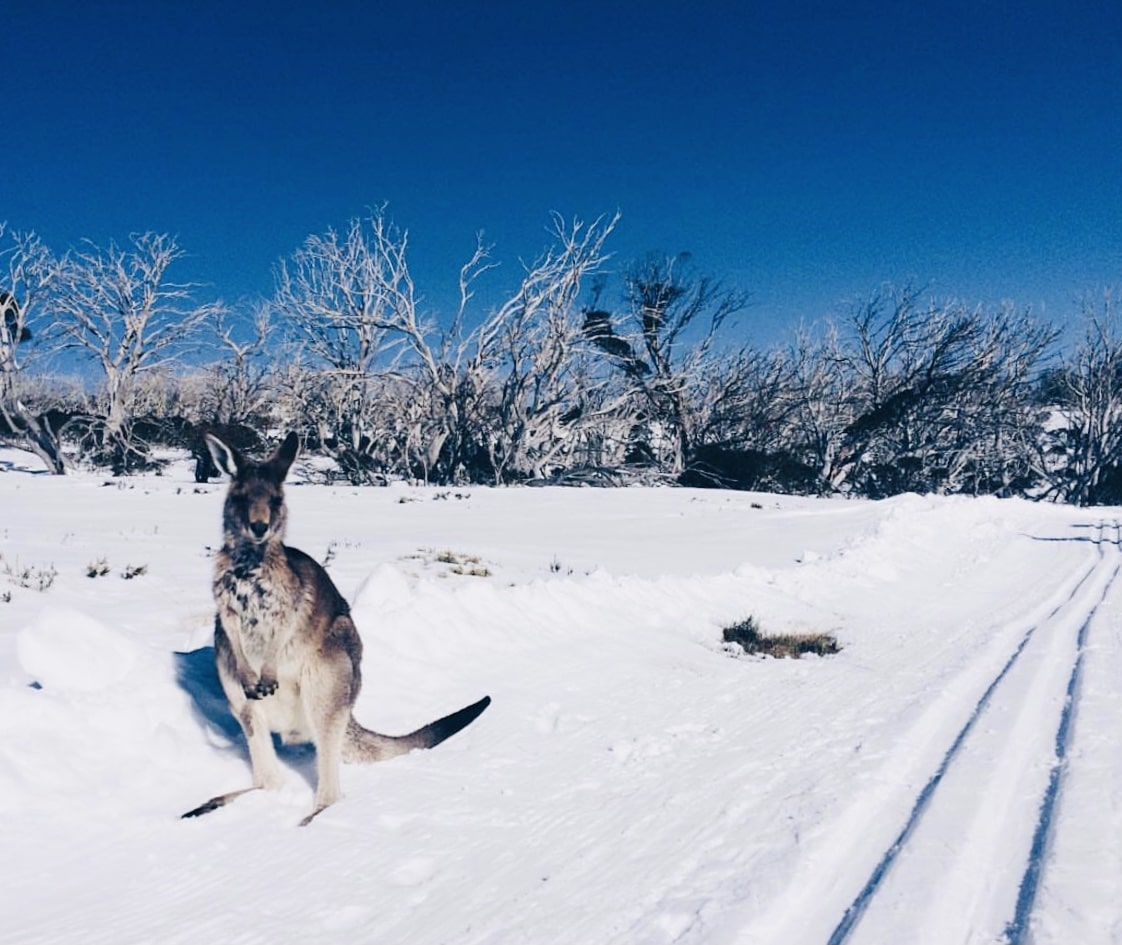Find Out About the Regions That Regularly See Snow In Australia During the Colder Months
Find Out About the Regions That Regularly See Snow In Australia During the Colder Months
Blog Article
Discover the Interesting Effects of Snow in Australia on Regional Communities
Despite its online reputation for sun-soaked landscapes, Australia also flaunts regions buried by snow-- a phenomenon that exceptionally affects the nation's distinct environments. The shielding residential properties of snowflakes protect plants and animals amidst the coldest winters months, while the melting snow nurtures rivers and marine life. Nonetheless, the actual wonder depend on exactly how these wintry conditions form the nation's biodiversity and nutrient cycles. As we unwind this elaborate relationship, we find ourselves stepping on untouched premises in Australia's high nation.
The Unforeseen Areas of Snowfall in Australia
Although Australia is often connected with sun-scorched landscapes and sandy coastlines, certain regions remarkably experience snowfall. The high nation regions of New South Wales, Victoria, and Tasmania are especially understood for their wintertime snow. The Snowy Hills in NSW, as an example, receive abundant seasonal snow, offering a raw comparison to the country's common warm, dry environment. Meanwhile, the Victorian Alps and components of Tasmania likewise see annual snowfalls, changing the landscape into a winter season wonderland. These locations are not just anomalies but essential parts of Australia's diverse climate system. The visibility of snow in these regions considerably affects local ecosystems, consequently impacting the nation's one-of-a-kind biodiversity. The particular effect on Australia's distinct vegetation will be talked about in the next section.

Exactly How Snow Impacts Australia's Special Vegetation
While it might appear unusual, snowfall in Australia plays a critical duty in shaping the nation's distinct flora. The snow-filled winters foster resilience in Australian plant varieties. This is especially evident in the alpine and sub-alpine regions, where snow gums and hill plum-pines thrive. These plants have advanced to endure in extreme conditions, with snow working as a protective blanket from freezing temperature levels and harsh winds. The snow additionally adds to the dampness web content of the soil, providing necessary hydration for plant throughout the completely dry summer months. Essentially, the snow affects the timing of flowering and seed dispersal, the development prices, and the survival of numerous plant species, showcasing the elaborate interaction between climate and flora he has a good point in Australia.
The Adaptations of Australian Fauna to Snowfall
Just as Australia's plants has adjusted to the wintery problems, the regional animals too, exhibit amazing adjustments to the snowfall. It makes use of the snow as insulation, hibernating in rock crevices under the snow to remain warm. The Snow Skink, a varieties of reptile, alters its colour to white during winter months, providing camouflage versus killers.
The Duty of Snow fit Regional Ecological Communities
In shaping the neighborhood ecological communities, the duty of snow in Australia is both profound and multilayered. It influences the distribution of vegetation and fauna, largely specifying the biodiversity of sub-alpine and alpine areas. Snow gives a crucial water source, feeding rivers and tanks as it melts, hence supporting a variety of water life kinds. Furthermore, snow functions as an insulator, protecting ground-dwelling organisms from severe cold. It plays a substantial role in soil formation and nutrient biking. The periodic cold and thawing of soil induced by snowfall promotes the breakdown of rocks, improving dirt fertility. The visibility of snow shapes the greenery patterns, animal actions, and general sustainability of Australia's special communities.

The Future of Snowfall in Australia: Effects and predictions

Given the important duty snow plays fit regional environments, the future of snowfall in Australia is drawing raising interest from scientists and environmentalists. Current environment versions forecast a significant decline in snowfall because of international warming, with possibly profound effect on regional communities. Less snow might cause minimized water availability in towering areas, detrimentally impacting wild animals habitats and plant life. It could alter the timing of seasonal adjustments, interrupting the life cycles of lots of indigenous types. The tourism industry, heavily informative post reliant on the winter season snow period, might additionally encounter substantial difficulties. Therefore, recognizing these predictions and their effects is critical to create efficient preservation strategies, guaranteeing the preservation of Australia's unique biodiversity and the sustainability of its economic situation.
Verdict
The function of snow in Australia's environments is critical yet often neglected. It functions as a guard, a nurturer, and a shaper of diverse towering species, adding to the richness of Australia's high nation. As climatic patterns continue to shift, comprehending the ramifications and potential improvements of these snow-influenced environments is critical. Therefore, the snow in Australia is extra than an all-natural phenomenon; it's an important gamer in the nation's ecological story.
Despite its credibility for sun-soaked landscapes, Australia also boasts areas blanketed by snow-- a phenomenon that exceptionally affects the nation's unique environments. It makes use of the snow as insulation, hibernating in rock gaps beneath the snow important site to remain warm - Does It Snow In Australia.In forming the neighborhood environments, the duty of snow in Australia is both profound and multilayered. The presence of snow shapes the greenery patterns, pet actions, and total sustainability of Australia's distinct communities
Offered the vital role snow plays in shaping regional environments, the future of snowfall in Australia is attracting raising interest from scientists and ecologists.
Report this page